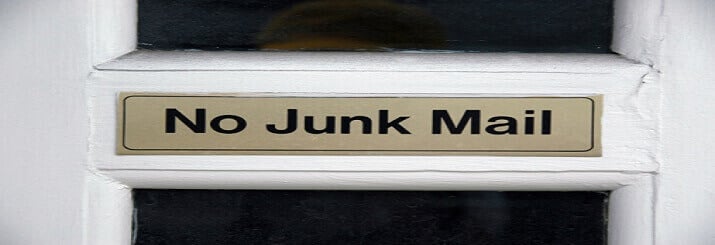Email marketing remains a highly effective resource for connecting with prospective customers. But for every well-crafted marketing email message, there are hundreds that fail to observe certain key guidelines, thus extinguishing any hope of converting the reader to a buying customer.
To make your email messaging as effective and compelling as possible, we suggest the following tips:
Understand the reader’s needs. The message you send is only indirectly focused on what you sell. Far more important is your ability to empathize with the reader by demonstrating your knowledge of his or her business challenges. What problem is the email recipient attempting to solve? What resources do they need to overcome an obstacle? People respond when they feel you’ve identified what’s important to them.
Get to the point. Forget the flowery introductions, long-winded accounts of the origins of your business, etc. Let the reader know immediately what your message is about and why it’s worth their time to read.
Offer a solution, not a sales pitch. Understanding the email recipient’s “pain point” is just the beginning. To have any hope of a response, you must offer value related to that pain point. This means sharing aimed at solving their problem. This way, your email isn’t yet another message clogging up the reader’s inbox. You are actually providing value—and the more you do this, the more your prospective customer will see you as an expert and a valuable resource.
Stay on message. A common mistake of marketing emails is the urge to do too many things at once. Don’t try to address all of the reader’s concerns or challenges. If you’ve done the appropriate research, you can focus on one message, identifying one issue and offering one solution. Depending upon the reader’s response, there will be opportunities to address other issues as part of your ongoing email campaign.
Make your call-to-action crystal clear. Even some of the best-written emails fail to make clear what’s expected of the reader. Do you want them to click on a link? Register for a free newsletter? Take advantage of a one-time offer? Make absolutely certain that the call-to-action is clearly spelled out and that you’ve set up an urgent reason to take that next step.
Short is better than long. When’s the last time you read an email that went on and on? Your target audience feels the same way. Keep your email messages as short and concise as possible—at most, two to four paragraphs in length, with each paragraph made up of no more than two to four (short) sentences. Can you get your point across in less than 100 words? Readers will get that you’re respectful of their time and attention-span.
Pay attention to the wording. Sometimes we forget that people outside of our particular industry don’t know our jargon and buzzwords. All such terminology should be ruthlessly expunged from the email message. Anything that comes across as overly formal or technical will also lose your reader’s attention. The best advice is always, write like you talk. Be conversational. Use your “real” voice.
After you’ve completed a first draft, look over the wording again. Is there anything unclear or ambiguous in how you’ve stated your message? Get rid of any words or phrases that do not contribute to your message. Take the same action for anything that sounds “sales-pitchy.”
Subject line—first things last. The email’s subject line is crucially important to grabbing the reader’s attention. For this reason, it’s often helpful to write this after the message itself is completed. That way, you have a better understanding of exactly what to say in an eye-catching way and in words a reader can identify with. Remember—always focus on the prospective customer’s wants and needs.
Crafting an effective email isn’t easy, but by giving proper attention to what you want to say (and how you want to say it) you’ll greatly increase the odds that someone will actually read it.



